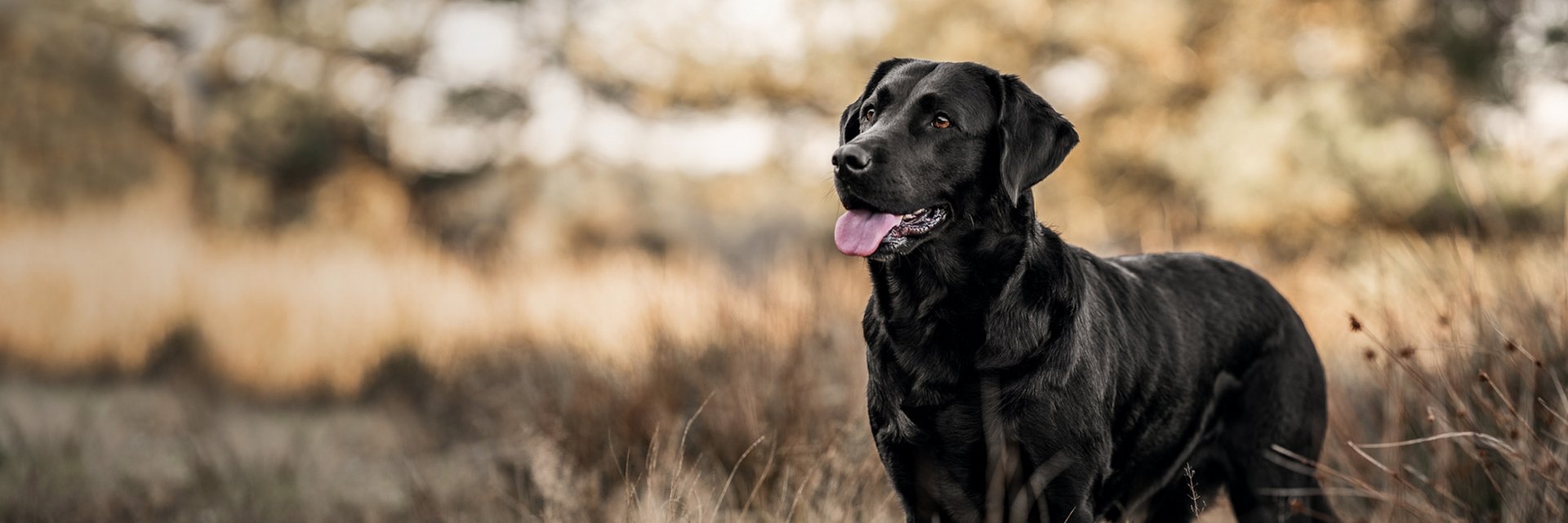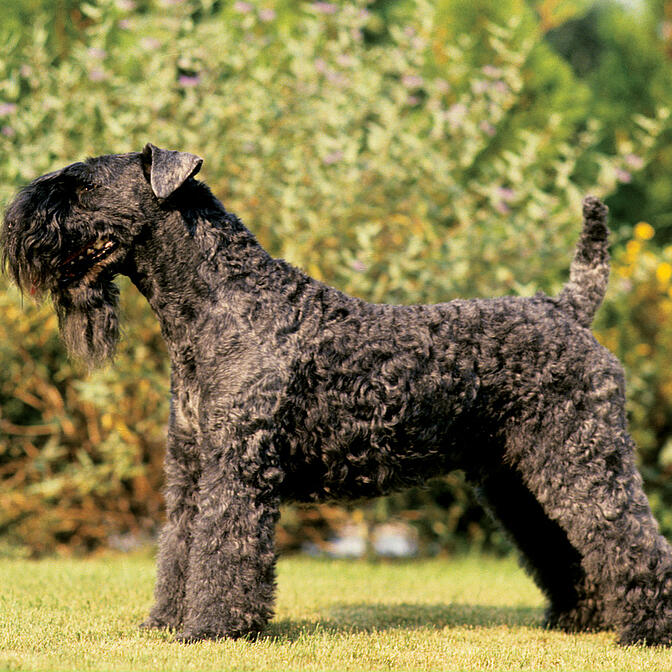Find the Right Breed of Dog for You
Dive into over 300 breed in our all inclusive online resource


Kerry Blue Terrier
Large Breed
The Kerry Blue Terrier is a breed which is full of energy and a very sociable animal, inducing a sense of fun and enjoyment amongst those around them.
Breed standards
Country of origin
Ireland
Weight
Males 15-18 kg / 33-40 lbs; Females slightly less (standards may vary)
Height
Males 46-50 cm / 18-20 inches; Females 45-48 cm / 18-19 inches (standards may vary)
Coat
Wavy, soft and plentiful with a beard
Markings
Blue of any shade, black up to 18 months. Black points can be found.
Lifespan
Above average 12-15 years
They are intelligent dogs that also have a very good memory and thrive in response to differences in routine. This has led to them being used for a variety of different jobs.
Temperament
The Kerry Blue Terrier is a playful and energetic breed whose infectious nature cheers up everyone around him. He is very affectionate and loves to be around familiar people and in social situations, if sufficiently socialised. They are fairly protective and act as good watch dogs, not attacking without severe provocation. Due to their high intelligence they can become bored and, as a result, their natural tendency towards wilfulness can be exacerbated and needs to be trained out of them.
-
PoorChildrenGood
-
VeryCombativenessNot very
-
VeryDominanceNot very
-
Not veryFriendlinessGood
-
Not veryIndependenceVery
-
LoudNoiseQuiet
-
Not veryTrainabilityVery
Good to know
An active breed of dog, the Kerry Blue Terrier has a unique blue coat which makes it stand out from the crowd. Keeping their owners on their toes, the Kerry Blue Terrier has made a welcome addition to many families.
- Makes a wonderful family pet and companion
- Highly intelligent
- Excels as a watchdog
- Adapts well to most climates
- Very light shedder
- Good for apartment living
- Regular grooming needed as well as skilled trimming and stripping
- Not a dog recommended for novice owners
- Quite active indoors
- Can be prone to hip dysplasia, PNA, and cerebellar abiotrophy